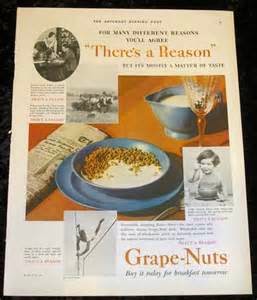There are as many recipes for cooking żurek as there are regions of Poland. It is made differently in Kraków (with vegetables) than in Kielce, Podlasie, Namysłów and elsewhere. The one essential, common ingredient is the leaven made of fermented rye flour with a piece of whole-meal bread crust.
The Lenten Żurek is a very plain soup, served with a minimum of basic ingredients. When fasting is done, żurek becomes a rich soup generously supplemented with cook's special reserves of sausage, spare ribs, bacon cracklings or a hard-boiled egg.
To make the basic 'Żurek' you will need:
- 100 g of whole-wheat rye flour
- 250 g of carrot
- leak
- celeriac and parsley
- 200 g of white sausage
- water
- salt, flour, garlic, marjoram
Allow the flour to sour in the water for a few days. Cook a stock from mixed vegetables, strain, add sour flour liquid (żur), spice with flour, bring to boil, add salt. Add white sausage cut into small pieces, spice with garlic or marjoram. Serve with hard boiled eggs cut into halves. When Lent finishes, then Zurek becomes a rich soup generously supplemented with cook's special reserves of sausage, spare ribs, bacon cracklings or a hard-boiled egg.
*A basic Zurek can be kept refrigerated for 5 days and then used for the Easter version. You can also freeze a Lenten Zurek to be thawed and used at Easter.
http://www.polishfoodinfo.com/








































